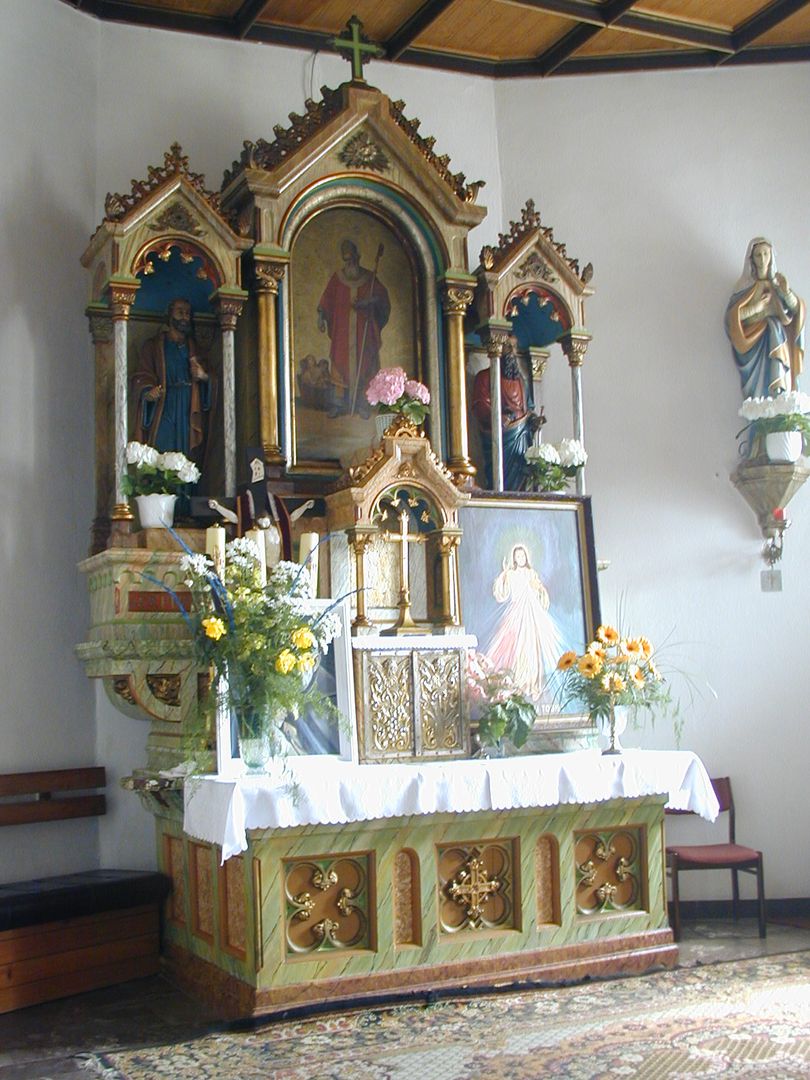Kozłów
6.03

Overview
Kozłów is a sołectwo (administrative village unit) in the Silesian Voivodeship, with a rich history dating back to 1279, when it was mentioned as a large church village. The name of the locality derives from the Polish word "koza" (goat), which was later Germanized. In the 18th century, Kozłów was known for its iron forge, and later for a copper smithy, which produced goods sought after in the region. After the Thirty Years' War, the estate of Kozłów passed into the hands of the Duke of Racibórz, leading to an influx of German settlers. Kozłów was involved in the Silesian Uprisings, and its population voted in favor of Poland during the plebiscite. During World War II, a Nazi forced labor camp was established here, where hundreds of people died; their bodies were buried in a mass grave, next to which an obelisk was erected. Architecturally, Kozłów is distinguished by a fortified settlement with remnants of a manor and the Gothic St. Nicholas Church, featuring a wooden baptismal font and the oldest bell in Upper Silesia. The village also boasts historic roadside shrines. Tourist trails run through the village, encouraging exploration of its cultural and historical assets. In addition to its tourist attractions, Kozłów has preserved traces of its rich past, making it a place worth visiting.
Location
2025 Wizytor | All Rights Reserved